wood flooring installed without proper acclimation
firsthome26
10 years ago
Featured Answer
Comments (18)
gregmills_gw
10 years agofirsthome26
10 years agoRelated Professionals
Cedar Park Flooring Contractors · Laconia Flooring Contractors · Monroe Flooring Contractors · Myrtle Beach Flooring Contractors · Palestine Flooring Contractors · Salem Flooring Contractors · San Tan Valley Flooring Contractors · Spokane Flooring Contractors · Taunton Flooring Contractors · West Islip Flooring Contractors · Clive General Contractors · Country Club Hills General Contractors · Exeter General Contractors · Genesee General Contractors · Warren General Contractorsgregmills_gw
10 years agofirsthome26
10 years agogregmills_gw
10 years agogamountains
10 years agomillworkman
10 years agoGreenDesigns
10 years agoknot2fast
10 years agofirsthome26
10 years agomichellelongcpa
8 years agoMDLN
8 years agocatchick
8 years agoWeShipFloors
8 years agomichellelongcpa
8 years agoAdam Poplar
2 years agoMay Lewis
last year
Related Stories
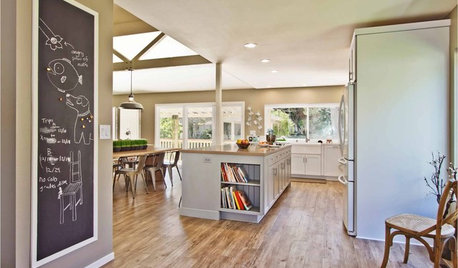
FLOORSWhat's the Right Wood Floor Installation for You?
Straight, diagonal, chevron, parquet and more. See which floor design is best for your space
Full Story
FENCES AND GATESHow to Install a Wood Fence
Gain privacy and separate areas with one of the most economical fencing choices: stained, painted or untreated wood
Full Story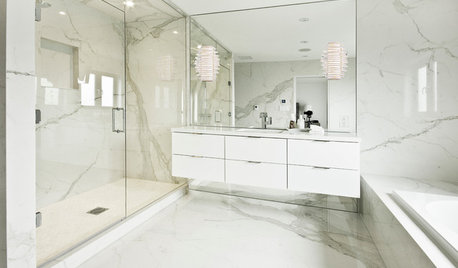
DECORATING GUIDESLook-Alikes That Save Money Without Skimping on Style
Whether in woodwork, flooring, wall treatments or tile, you can get a luxe effect while spending less
Full Story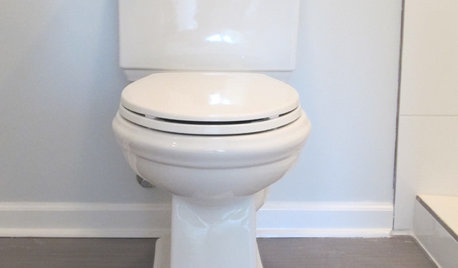
BATHROOM DESIGNHow to Install a Toilet in an Hour
Putting a new commode in a bathroom or powder room yourself saves plumber fees, and it's less scary than you might expect
Full Story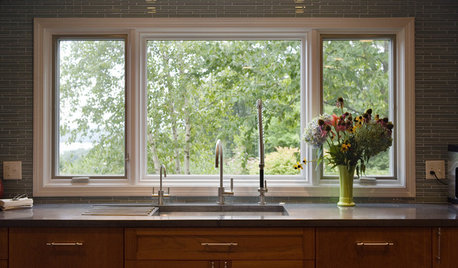
WINDOWSContractor Tips: How to Choose and Install Windows
5 factors to consider when picking and placing windows throughout your home
Full Story
PATIOSSpring Patio Fix-Ups: Install an Outdoor Fireplace or Fire Pit
Make your yard the place to be by adding a fire feature that draws a crowd
Full Story
KITCHEN BACKSPLASHESHow to Install a Tile Backsplash
If you've got a steady hand, a few easy-to-find supplies and patience, you can install a tile backsplash in a kitchen or bathroom
Full Story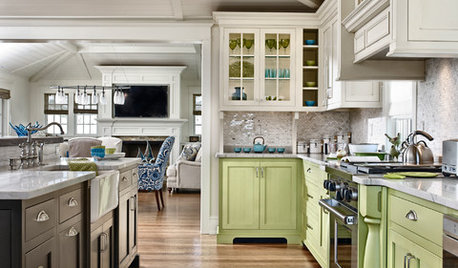
KITCHEN DESIGN11 Ways to Update Your Kitchen Without a Sledgehammer
Give your kitchen a new look by making small improvements that have big impact
Full Story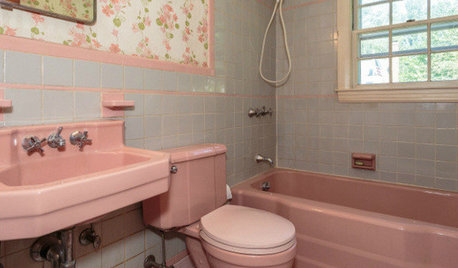
BATHROOM COLOR8 Ways to Spruce Up an Older Bathroom (Without Remodeling)
Mint tiles got you feeling blue? Don’t demolish — distract the eye by updating small details
Full Story
HEALTHY HOMEGet Cleaner Indoor Air Without Opening a Window
Mechanical ventilation can actually be better for your home than the natural kind. Find out the whys and hows here
Full StoryMore Discussions








_sophiewheeler